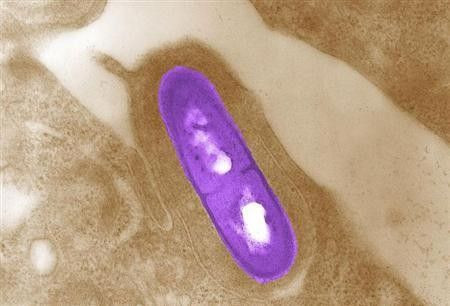Listeria Outbreak: Cantaloupe Death Toll Reaches 18

The toll from listeria-tainted cantaloupes has risen to 18 dead and 100 sickened, the Centers for Disease Control reported on Wednesday.
The Wyoming Health Department has linked another death to the listeria outbreak, making the death count 19, but the CDC has not added it to its official tally yet.
The contaminated cantaloupes, which were produced by Jensen Farms in Colorado, were shipped to 24 states in July and could have been resold to other states as well. The first illnesses were reported on July 31, and Jensen Farms recalled the shipment on Sept. 14.
The shelf life of a cantaloupe is only two weeks, so by now, nobody should be at risk of eating one of the recalled cantaloupes. But listeria symptoms can appear up to two months after exposure, so people who ate tainted cantaloupes in September or even August could still get sick in the coming weeks. Refrigeration does not kill the bacteria.
Elderly, Comprised Immune Systems Are At High Risk
Listeria rarely causes serious illness in healthy people, but the elderly and people with compromised immune systems are at high risk. In the current outbreak, the average age of the victims is 79.
Initial symptoms include fever, nausea, vomiting, diarrhea and muscle aches. But if the bacteria spread to the brain, they can cause a life-threatening infection characterized by headache, stiff neck, loss of balance, confusion and convulsions.
People who have eaten cantaloupe recently should seek immediate medical attention if they experience any of those severe symptoms.
The Food and Drug Administration does not know how the Jensen Farms cantaloupes, which were sold under the Rocky Ford brand name, were contaminated, but the investigation is ongoing. The problem could have happened in growing, harvesting or storing the cantaloupes.
This is the third-deadliest foodborne outbreak since the CDC has been keeping records. The two deadliest outbreaks also involved listeria. The worst, in 1985, killed 52 people, and the second worst, in 1998, killed up to 22.
© Copyright IBTimes 2025. All rights reserved.





















